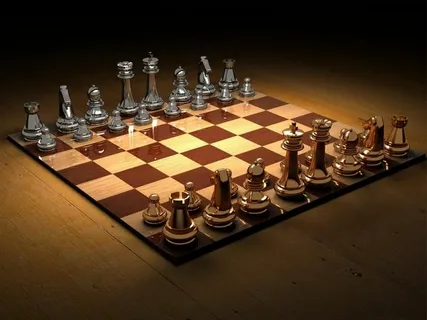Before the 600s AD, the Indian game chaturanga gave birth to chess as we know it today. Over the next few decades, the game expanded throughout Asia and Europe, finally evolving into what we now call chess around the 16th century. Ruy Lopez, a Spanish priest, was one of the game’s early masters. Although he did not invent the aperture that bears his name, he did study it in a work published in 1561. Back then, chess theory was so basic that Lopez advocated playing with the sun in your opponent’s eyes!
Chess theory advanced at a glacial rate until the mid-eighteenth century. The French Master Francois-Andre Philidor arrived on the scene in 1749 with his book Analyse du jeu des Échecs. This book included various novel opening ideas (including the defence that bears his name) as well as Philidor’s famed defence in rook and pawn endgames, which is still used today. This book exposed the world to Philidor’s famous assertion, “The pawns are the spirit of chess.”
Chess grew in popularity over the world, and chess sets were standardised in the mid-nineteenth century. Before the 1850s, chess sets were not at all uniform. In 1849, Nathaniel Cooke’s new style of pieces was released by Jaques of London (a maker of games and toys). Howard Staunton, the greatest player of his generation, praised these exact pieces. The Staunton pattern, a new form of the piece, quickly gained popularity and was used in tournaments and clubs all over the world. Staunton pieces and minor changes are still considered the standard for tournament chess sets.
The official world championship title was established by the late nineteenth century, shortly after the first major tournaments were conducted and diverse styles of play had begun to mature. Even though the first book on openings was published in 1843, theory as we know it did not completely evolve until the early/mid-twentieth century. Computer engines and databases did not enter the picture till the late twentieth century.

